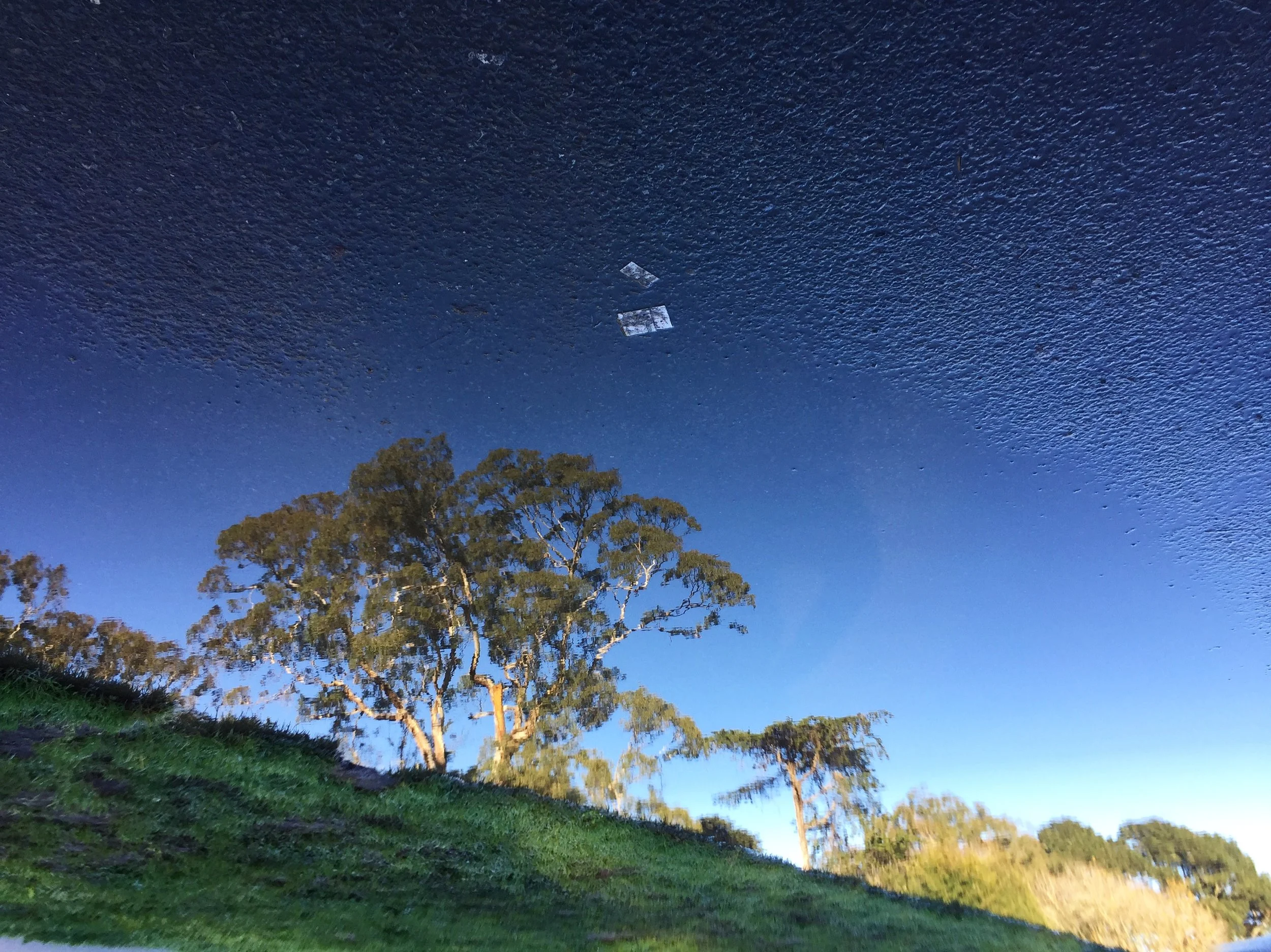LAM TUNG-PANG: THE CURIOSITY BOX
2013.06.13--2013.09.26, Chinese Culture Center, San Francisco
(A version of this essay appeared in issue 22 of LEAP.)
Part travelogue, part cultural commentary, Lam Tung-pang’s solo exhibition “The Curiosity Box” takes the inquisitive visitor on a journey of discovery by way of seeing and making art. The show is the culmination of Lam’s Asian Cultural Council Fellowship, during which he visited the United States for the first time. From March to May this year, Lam lived in a rented apartment in lower Manhattan, structuring his life around trips to other cities and visits to art museums.
In a gesture of absolute trust, curator Abby Chen gave Lam free reign of the gallery. Lam did much of the installation himself, imbuing the exhibition with a homemade quality and his playful disposition. At the entrance, a short video of Lam sitting on a park bench is projected onto a blue polyester bed sheet, but the image is upside down. Every person who enters the gallery is inevitably compelled to touch and move the sheet, shifting the image of a contemplative Lam, a passive gatekeeper silently greeting visitors to the artist’s unquiet psyche.
Lam shows an agile sensibility that readily responds to obscured cultural significance in found objects. Items accumulated during his daily life in the US—receipts, maps, impressions, and this being Lam, toys—become points of reflection and materials for creating art. In The Museum of Museums, Lam assembles a master map of preeminent American museums from maps that he had used and annotated during visits. The maps serve as proxy for America’s unabashed display of its abundant holdings of artifacts taken from other cultures.
Lam is mindful of America’s cultural ambition. He later observes in What makes the Big Apple Great: “They name any cultures in the world, and end up with a statement of, how they contribute to American history and culture… I think that’s so smart, and that’s what once make China great in the past, but not now.” This statement, along with others scattered around the gallery, is excerpted from Lam’s journal. Taken as a whole, they reveal Lam’s train of thought as it strives to understand the conflicted position he occupies as an artist from Hong Kong, shuttled between the West and China. In I thought I studied Western Painting, Lam recalls his art education: “It seems to me I never study Western Painting before/and I thought I wasn’t study Chinese Painting either.” Rather than be burdened by this quandary, Lam revels in the liberty it permits him as an artist, declaring in the same note, “I study neither West or East/I learn how to set my mind free.”
By choosing a course that eschews generalized labels of West and East, Lam makes artworks that express a personalized vision of the present, with room left for inspirations taken from art history. The installation I shop therefore we are—Lam’s collection of receipts from his life in New York and San Francisco—subverts Barbara Kruger’s critique of consumerism by reminding visitors that artists too must eat and buy toiletries. In the last room of the gallery, an unmade bed recalls My Bed by Tracey Emin. Lam’s playful exercises are also a means to express a forceful point of view. On brown paper bags, he writes aphorisms such as “Chinese/as an idea/but not/nationality,” and places them around the bed as repositories to be filled at a later date.
“The Curiosity Box” is an invitation into the mind of an artist who is preoccupied with art in all of its possible forms. It shows Lam processing his experience in the US and his early conclusions. As a tourist, Lam is baffled by American culture; but as an artist, he welcomes the opportunity to examine up close a society he had only seen from afar. While the exhibition displays curious ideas and unfamiliar objects that Lam encountered in his travels, the ultimate curiosity is Lam himself, an individual who finds insight in misunderstanding.

